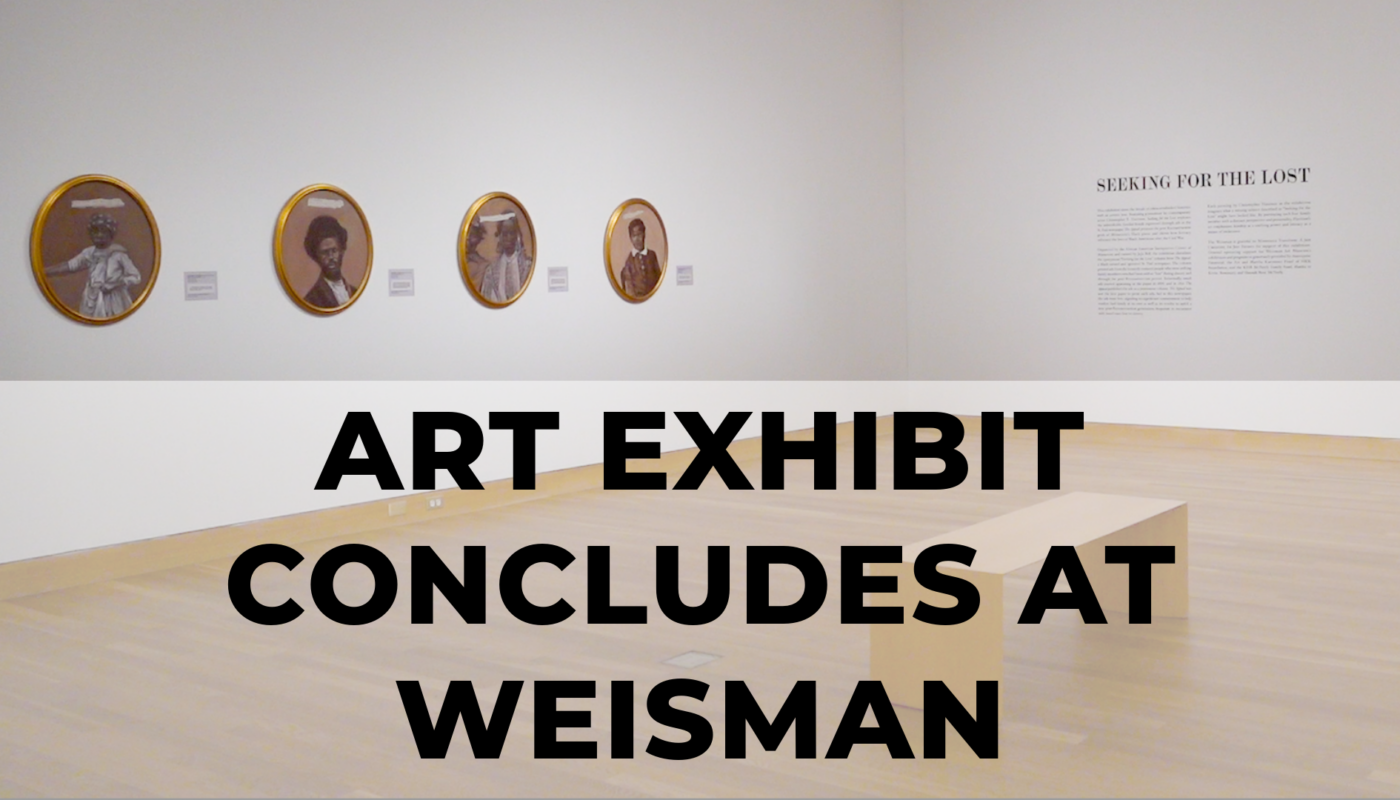University of Minnesota art professor paints portraits from nineteenth century Minnesota newspaper column.

In the late 1800s, Minnesota’s first Black newspaper entitled The Appeal ran a column called Seeking for the Lost, where families separated by slavery posted names and last known locations in hopes of reuniting. Few were ever reconnected, but the column remained a free space of hope.
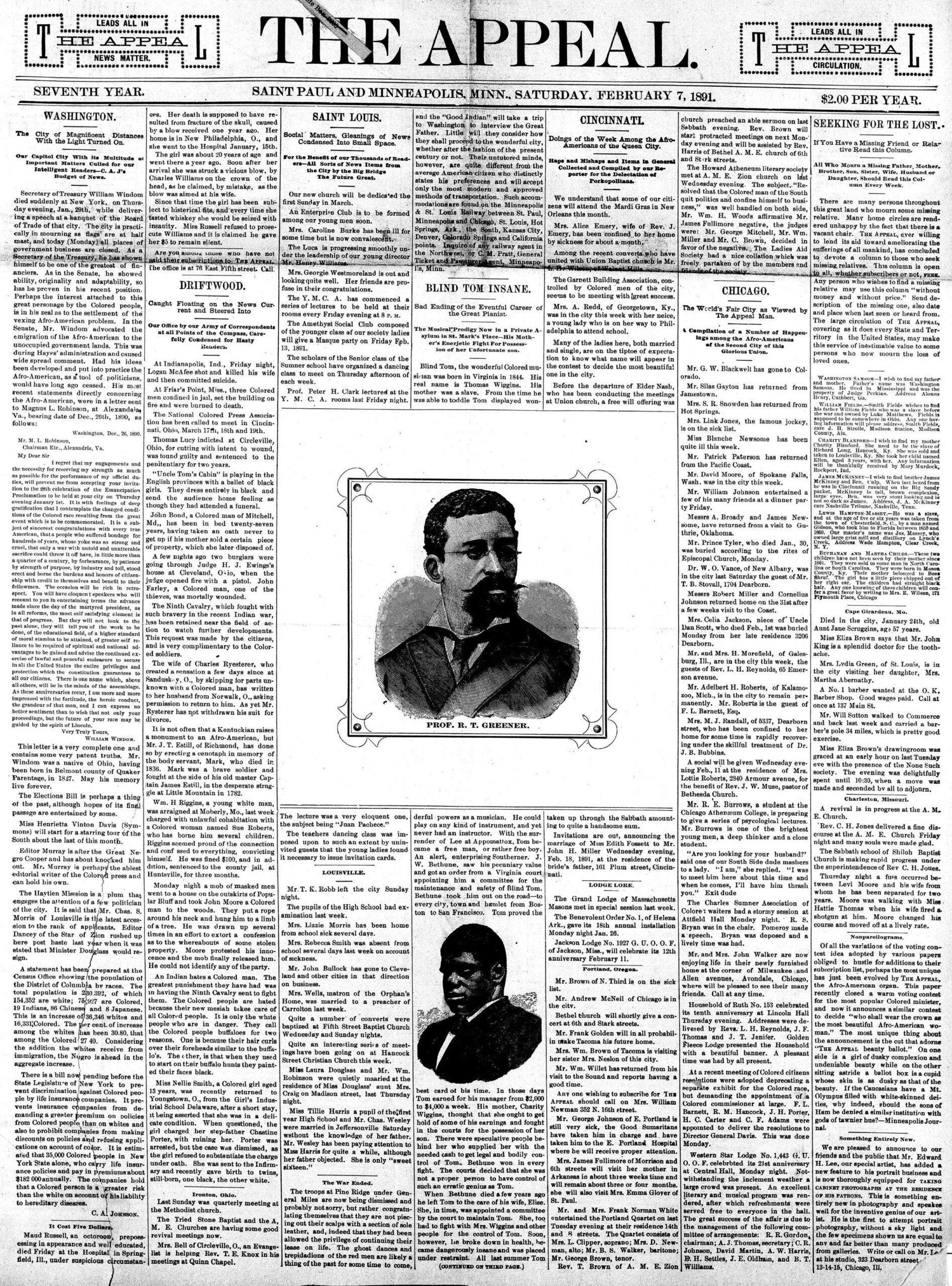
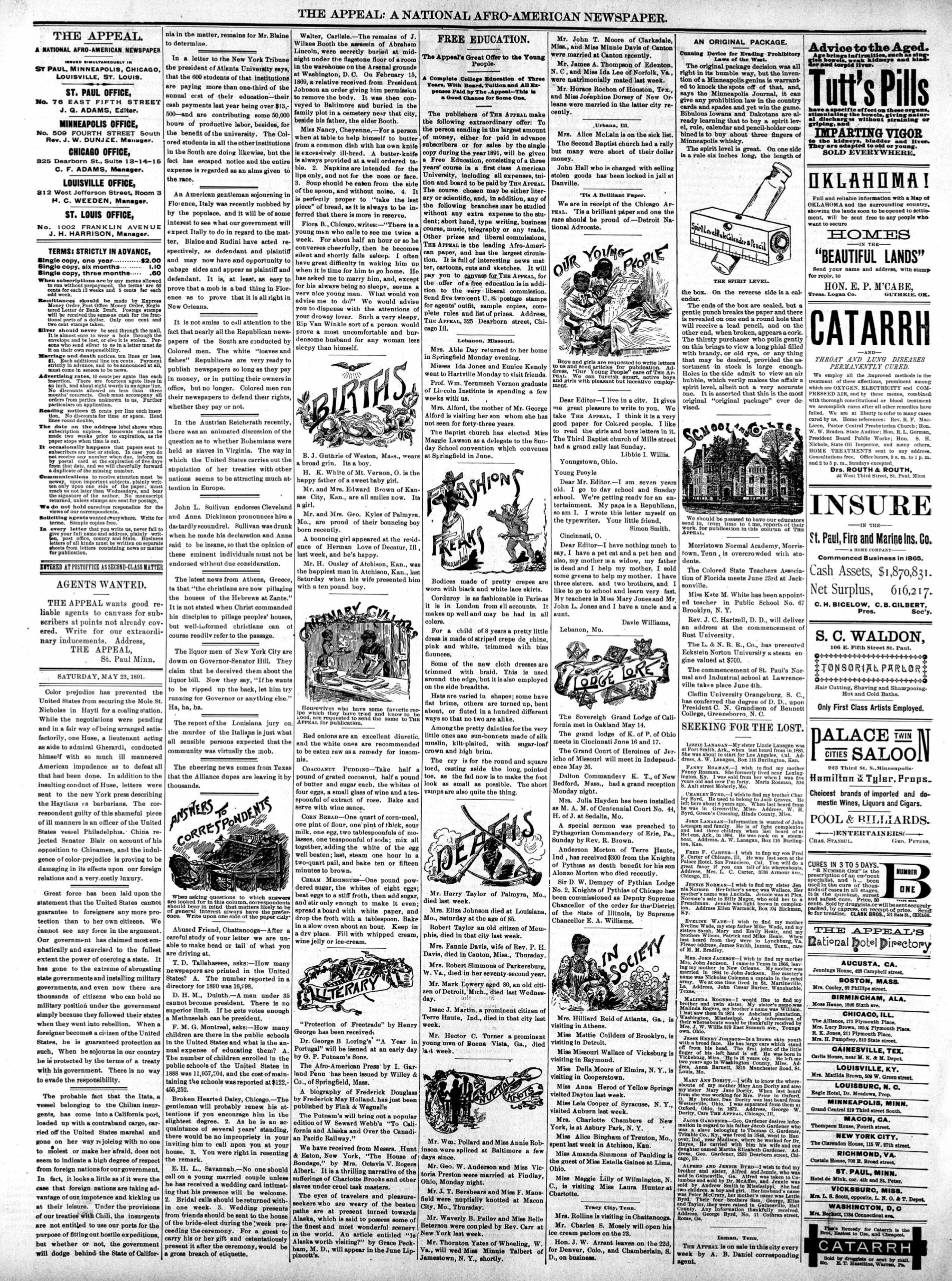
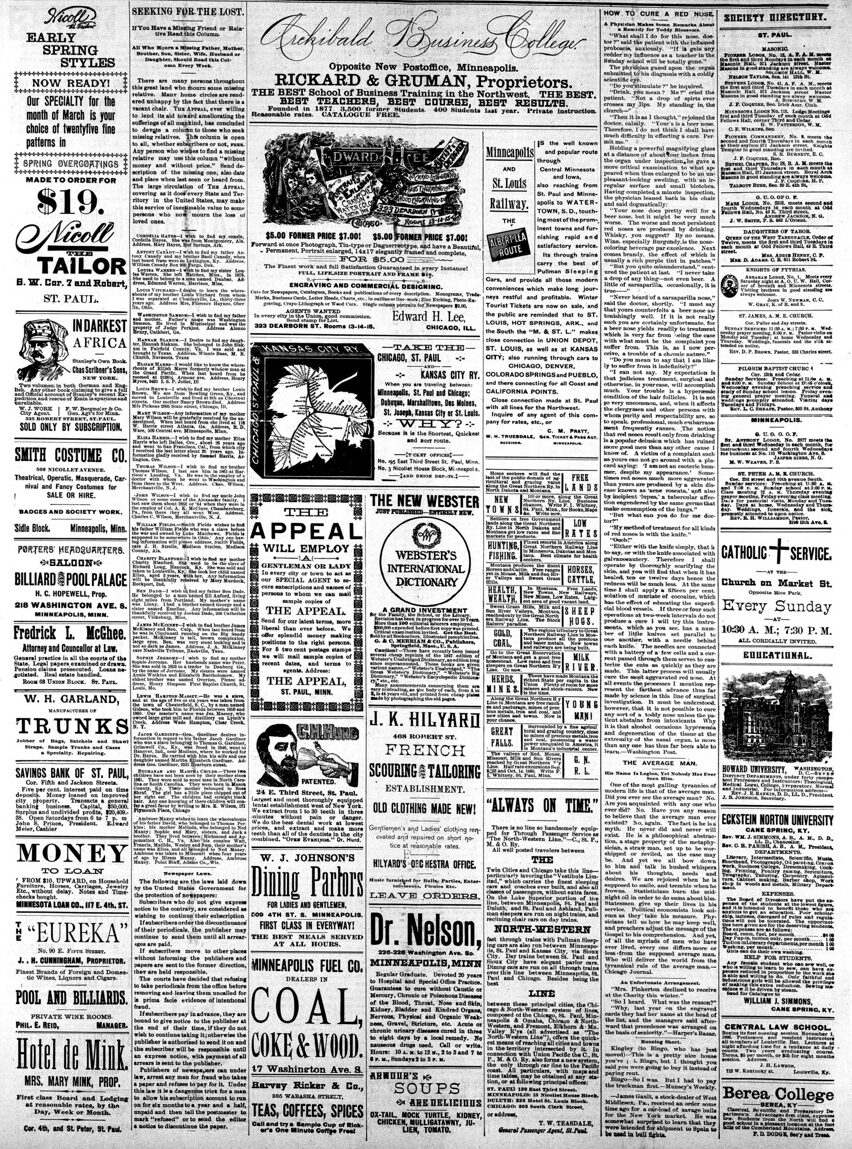
More than a century later, Minneapolis artist Cristopher Harrison is reviving these stories through portraiture at the Weisman Art Museum. Using descriptions from the newspaper, Harrison paints those who were lost, ensuring their histories are not forgotten. His work highlights not only the aftermath of family separation but also the relevance of those who fought to keep their stories alive.
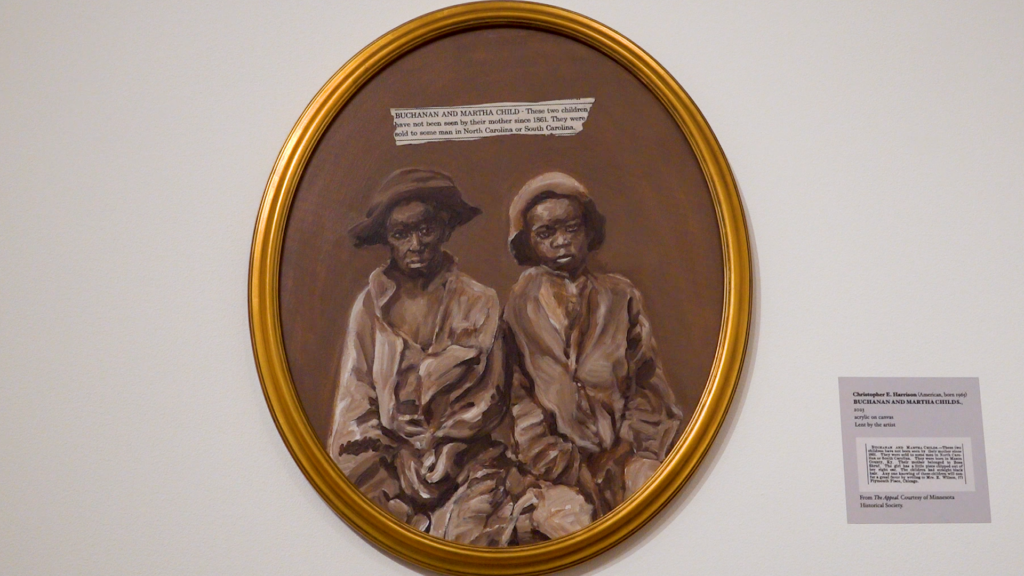
One piece, attributed to Buchanan and Martha Childs, reflects how clothing and facial expressions reveal the experiences of those who endured slavery — often children, Harrison notes.
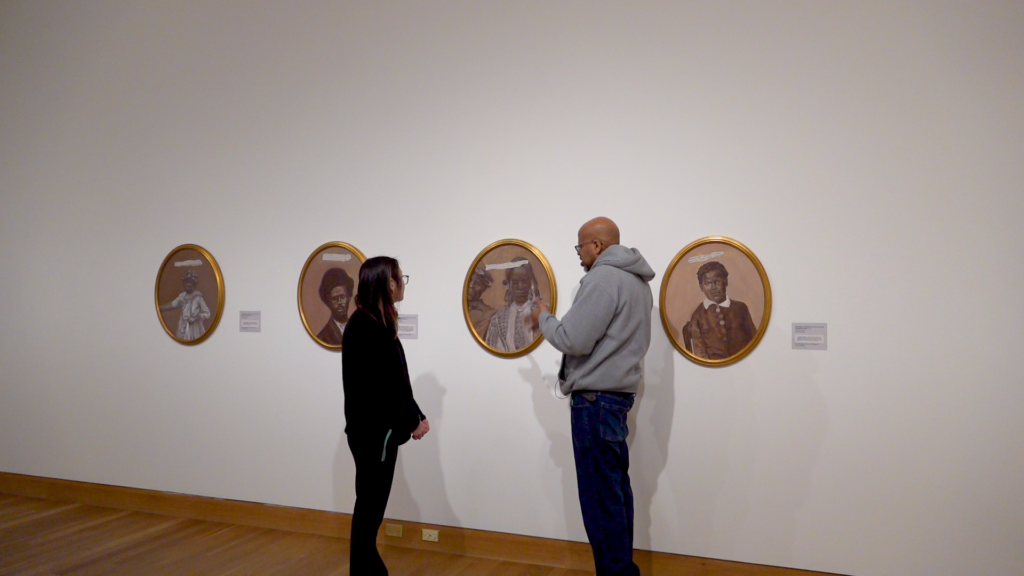
Another depicts Mr. and Mrs. John Jackson, with Mr. Jackson appearing in a Union soldier’s uniform, highlighting the wide array of people who fought for the Union cause that were overlooked.
They were important to keeping our union together – keeping the United States, the United States. It took everybody to keep us free… not just African-Americans or people in slavery or immigrants. We’re still reaping those benefits today.
Christopher Harrison
Harrison’s work also touches on the power of literacy for Black Americans during and after slavery. The Seeking the Lost column itself was a tool for newly literate individuals to use written word to reclaim their identities and search for their families.
Today, he sees parallels in the ongoing fight for education, especially in discussions surrounding book bans and the erasure of certain histories from classrooms.
“History matters,” Harrison said. “We should do all that we can to preserve it.”
His exhibition is a reminder that history is not just in textbooks but in the faces and stories of those who lived it.
Going forward
Harrison has yet to determine the exhibit’s future—whether the Weisman Museum will acquire it, if it will travel, or take another path entirely.
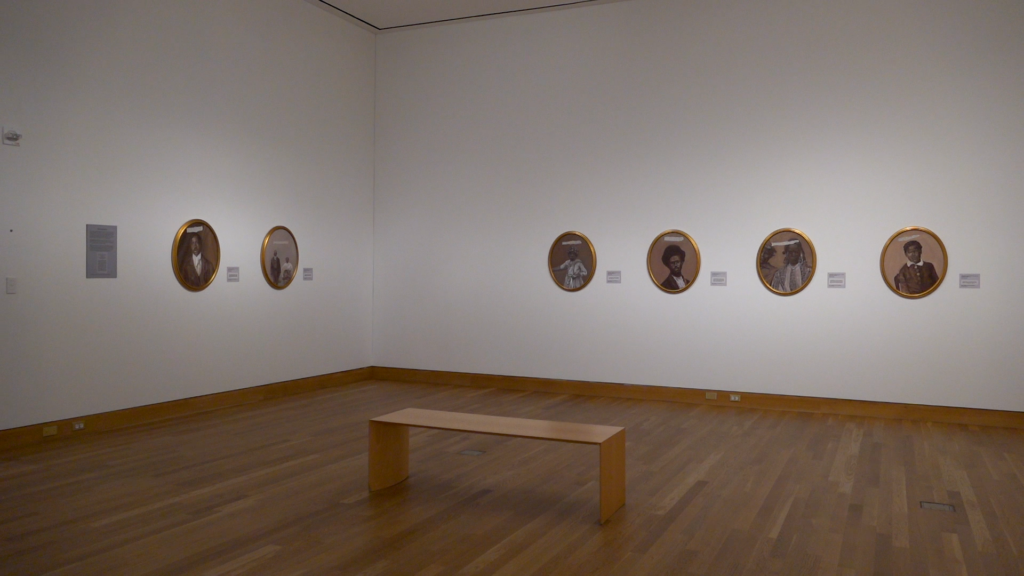
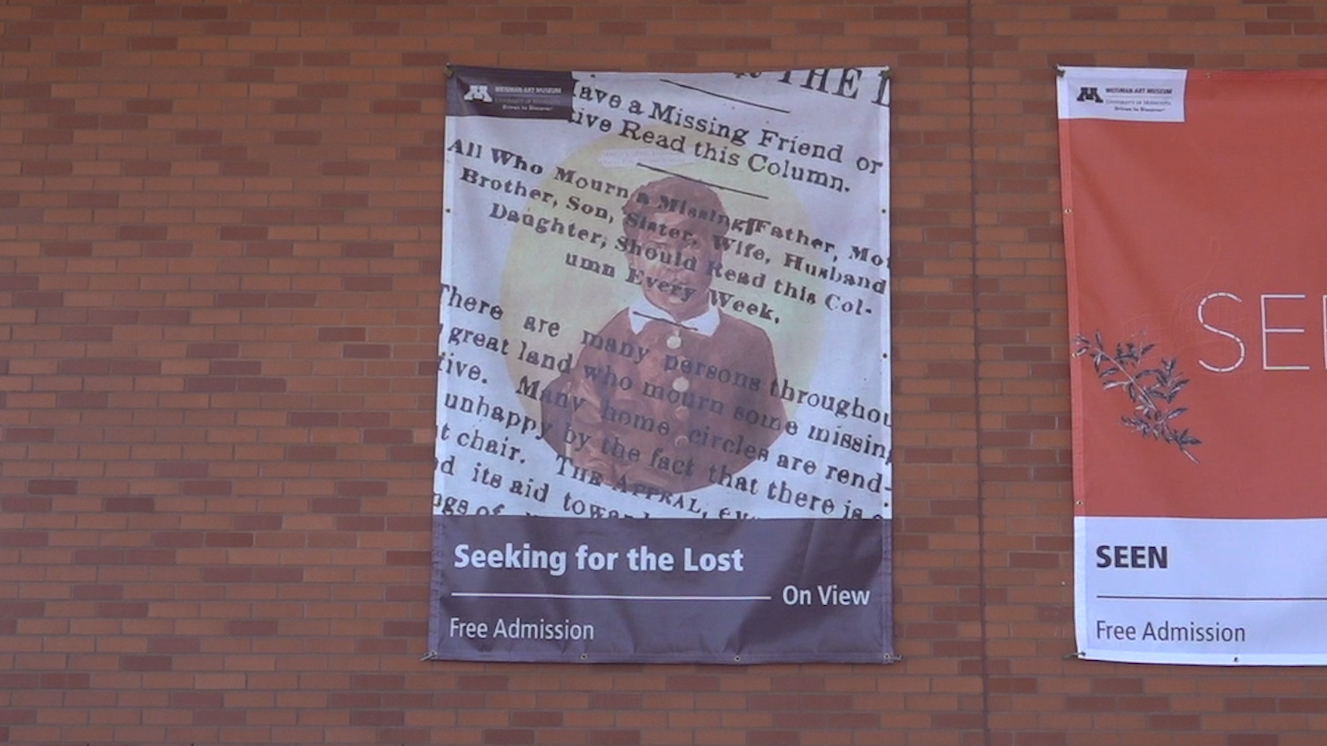
/

